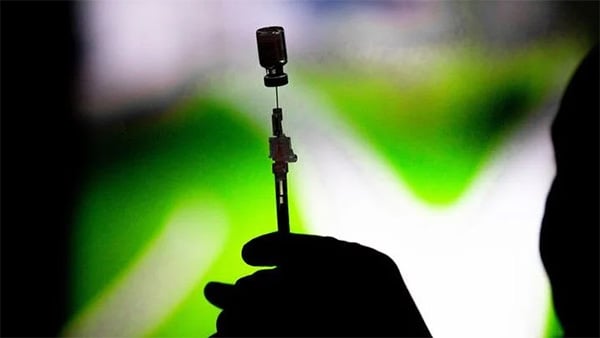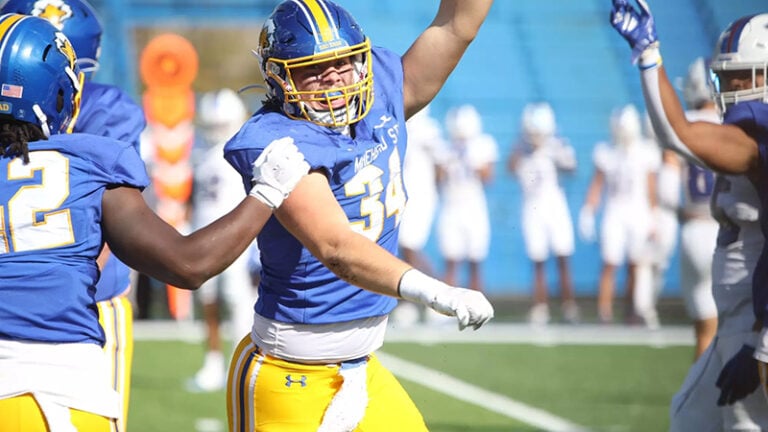By Dr. Scott Black
University of Kentucky
Improved physical fitness, learning to overcome adversity and the possibility of building lifelong friendships — the potential benefits of letting your child participate in sports are innumerable.
But sports also come with inherent risks. From the intensity of competitive play to the physical demands of training, athletes face potential injuries that could range from mild strains to more serious issues like an irregular heartbeat.
That’s why a sports physical should be at the top of every annual preseason checklist. Not only are sports physicals often required by states and schools prior to athletic participation, they’re also essential for injury prevention and catching pre-existing conditions that could keep an athlete off the field.

What happens at a sports physical?
While these should not substitute for an annual checkup or well-child visit, sports physicals are similar in that a medical provider will perform a preparticipation physical examination of your child to evaluate if they can safely take part in sports.
A doctor or other provider — like a nurse practitioner or physician assistant — may inquire about your child’s medical history by asking about:
• Any known medical problems like asthma or diabetes
• Past injuries like concussions or broken bones
• Allergies
• Medical issues that may run in the family
• Any medications your child might be taking including over-the-counter medicines or supplements
• Their diet
As part of a physical examination a provider would typically:
• Record your child’s height and weight
• Check their blood pressure
• Listen to their breathing and heartbeat
• Examine their reflexes and muscle, bone and joint health
• Test their vision
If the doctor determines your child’s health is fit for the field, they’ll clear them for competition. Should they identify anything, the provider might offer a treatment plan or refer your child to a specialist for further evaluation.
It’s recommended to schedule your child’s sports physical several weeks prior to the start of the school year. That way, if there is an issue your child can begin treatment well before the beginning of the season.
Where should we go for a sports physical?
Many families go to their primary care providers to get their sports physicals done. Some schools or clinics may offer free sports physicals on a particular day, but that examination may be less personal especially if your child doesn’t already know the provider.
Do we still need to do a check-up?
While a sports physical is similar to an annual check-up, they’re not the same. Annual check-ups are crucial to making sure your child’s development is on track, is up to date on vaccinations and that your child is generally healthy.
A sports physical can’t replace a check-up, but you can ask your provider’s office if they can be done at the same time.
Participating in sports can help your child start beneficial habits, form lifelong memories and if they’re gifted enough, maybe they could make it a career. But none of that is possible without a sports physical.
Dr. Scott Black, M.D., is clinical director of University Health Service at the University of Kentucky.

















